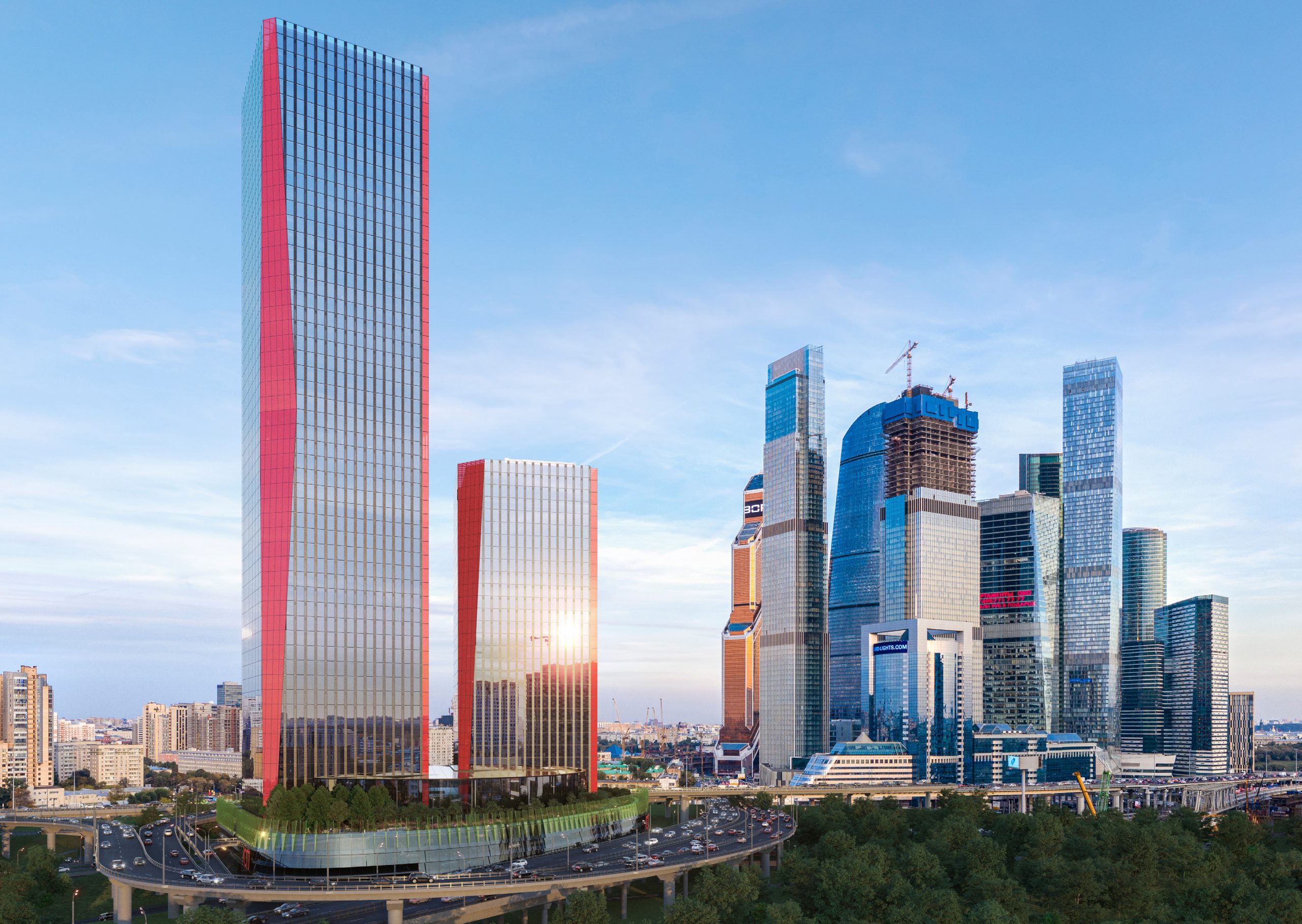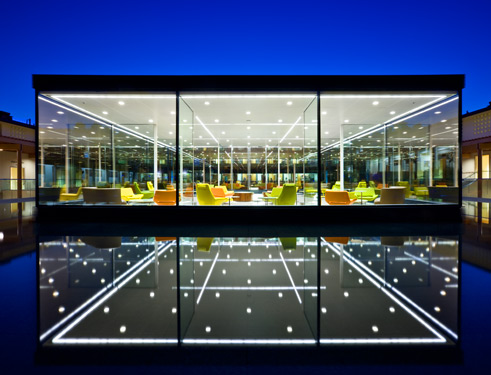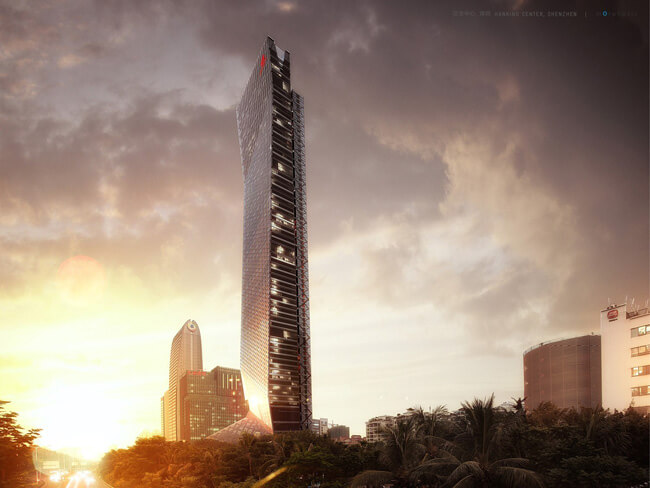I have been working with Peter Simmonds on numerous projects for over 15 years. His critical input on the glazing analysis in the very early stages of the project is a major factor for successful development of buildings with higher level of facade performance. His comprehensive knowledge of overall mechanical system helps the architects and clients in the initial stages of a project to make informed decisions based on accurately sized spaces for the mechanical equipment. Bringing value at the kickstart of a project, Peter Simmonds is an indispensable partner in any design team aspiring to provide high quality service to a client.
For designers operating in a highly competitive developer/real estate market with compressed timescales for conceptual and schematic design phases it is important to have as much upfront technical and analytical information as possible. The critical design decisions happen within a 6-8-week initial timeframe so for designers it is imperative that for large scale design projects to have performance data that satisfies clients requirements whilst still giving designers some latitude to develop the project design to accommodate input from others. Peter Simmonds can provide this service whether it be a preliminary sizing of MEP equipment assessment of multiple HVAC systems facade analysis and performance together with an overall building energy model at a very early stage. In my experience Peter can provide this service in and expedited but accurate fashion.
Building Systems Analytics’ advantage over more mainstream engineering firms lays in their collaborative and flexible approach. That ability to workshop directly with the designers, to “speak our language”, in the preliminary phase and provide real time input to inform the design as it relates to a wider series of energy related issues. Key design decisions (plant size, energy strategy, facade options, etc.) can be modeled, assessed and incorporated as the design is developed, rather than bolted on or retrofitted to a design that is more static in the later design phase. This adds to a more informed and intelligent design and allows designers to meet the crazy schedules we are faced with.



